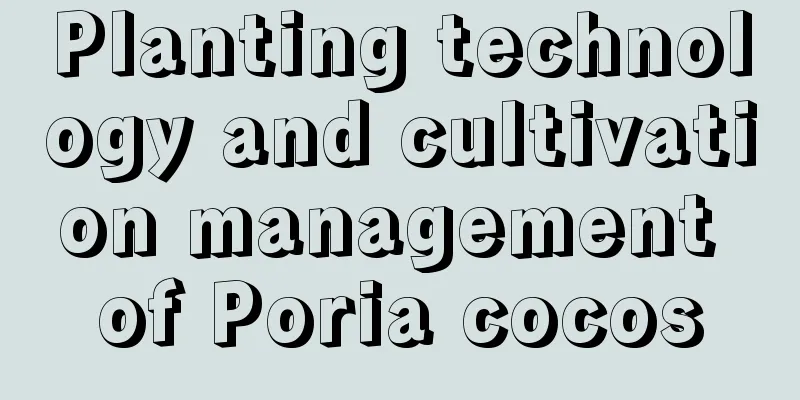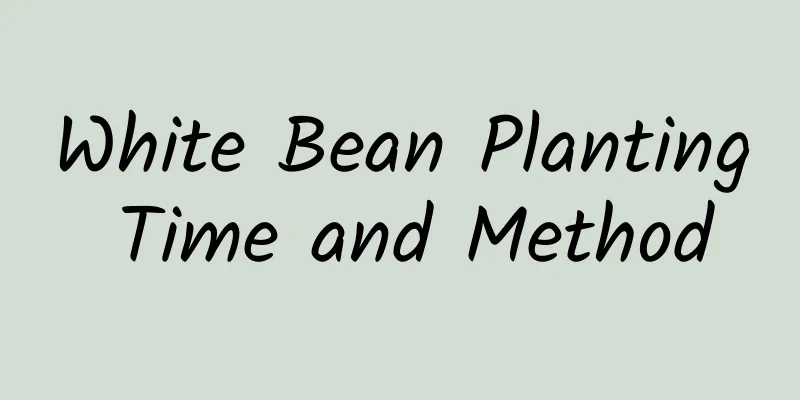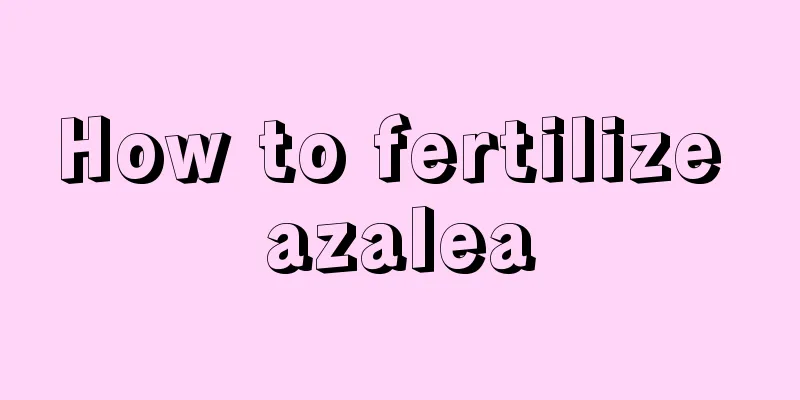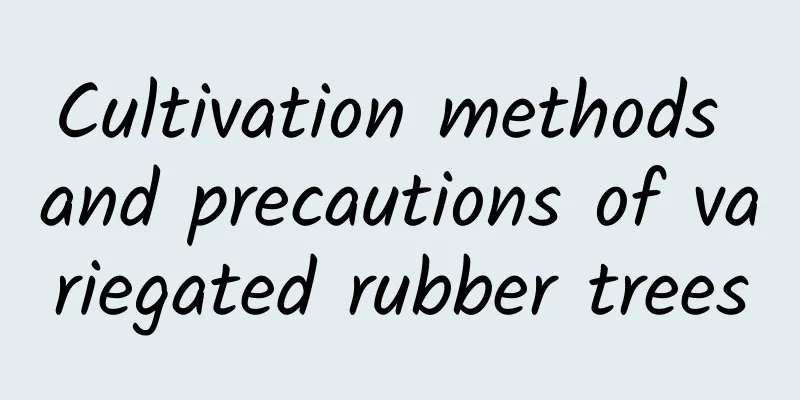Planting technology and cultivation management of Poria cocos

|
Poria cocos is a traditional Chinese medicinal material widely used in clinical practice. Its traditional cultivation mainly involves selecting tree stumps, peeling bark, digging soil, sowing, covering soil, field management, harvesting and processing. The appearance of Poria cocos may be spherical, oval, oblate or irregular lumps of varying sizes. Its skin is thin and rough in texture, ranging in color from tan to dark brown, with obvious wrinkles and textures on the surface. Let’s learn about the planting techniques and cultivation management of Poria cocos. 1. Preparation of bacterial strains 1. Mother stock culture (1) Culture medium preparation The recipe is 250g potatoes (chopped), 50g sucrose, 20g agar, 3g urea, add water to 1000mL. The operation steps are: first weigh and chop 250g of potatoes, add 1000mL of water and boil for half an hour, filter the juice with gauze, add agar to the filtrate and boil until completely dissolved, then add sucrose and urea, and add water to 1000mL after complete dissolution, adjust the pH to 6~7, divide it into test tubes, sterilize it under high pressure for 30 minutes, cool and solidify, and prepare for inoculation. (2) Preparation of stock and cultivars Raw material ratio: 70% pine sawdust, 20% corn crumbs, 8% wheat bran or rice bran, 1% white sugar, 1% gypsum powder, add into a bucket and mix evenly. Add a disinfectant containing carbendazim, mix the raw materials and liquid evenly, and adjust the moisture to 60%-65% (judgment method: squeeze it into a ball, and your palm feels moist). Sterilization: High pressure or normal pressure sterilization can be used. Normal pressure sterilization is more economical. Sterilize until the canvas bulges and then count for 26 hours. Inoculate after cooling. 2. Cultivation Technology (1) Cultivation time: The best time to plant spring ling is after Qingming Festival, and the best time to plant autumn ling is in late summer. The specific time is adjusted according to the local temperature. (2) Preparation before cultivation Clean the site and remove weeds and rocks. The pine trees are peeled and the tendons are left. Depending on the size of the trunk, 3-4 openings are made, with a width of 3-5 cm and an angle interval of 90-120°. After peeling, saw it into 45-50 cm segments. (3) Planting The distance between each cellar should be kept at more than 5 cm, and the number of pine trees in the cellar should be adjusted according to the diameter of the pine trees. When the diameter is greater than 12 cm, two pine trees should be placed vertically in each cellar, and the remaining three should be placed in a triangular shape (the minimum diameter of the pine tree should not be less than 6 cm). How to place the mushroom bags: They can be placed in the middle of the pre-made opening on the basswood, or placed uniformly on one side, and covered with soil after making a small opening. Grafting: When the mycelium on the uninoculated side is fully grown and dark white, stick 2 cm long fresh Poria cocos on the mycelium, apply a little pressure and cover with soil. 3. Poria cocos pest and disease control Common pests and diseases include termites and lice, with termites causing more damage. Prevention and treatment methods: When termites are found, spray them with Termite Killer. Dig an attractant pit in a vacant area of the cellar, put pine wood soaked in sugar water in it, cover it with black plastic film and fine soil, check for termites after 5 days, spray termite killer if found, and check again after three days. 4. Harvest It can usually be harvested in 7 months and can be sold fresh or processed into Poria cocos cubes. The above is an introduction to the key points of Poria cocos cultivation. Planting Poria cocos requires scientific management methods and techniques, so don’t try it lightly.
|
<<: Rose planting methods and precautions
>>: Atractylodes macrocephala planting technology and methods
Recommend
What fertilizer to use for copper coin grass? How to use beer to water copper coin grass
1. Nitrogen Fertilizer The pennywort needs suffic...
How to cultivate Dendrobium
Dendrobium growth conditions Dendrobium prefers a...
The Feng Shui Effect of Yew
The symbol of longevity Yew is a symbol of longev...
Should I use a tall or short pot for Monstera?
1. High pot or low pot The Monstera plant is rela...
What crops are suitable for growing on terraced fields?
What crops are suitable for growing on terraced f...
Can money grass be propagated by cuttings? What is the method of cuttings?
1. Can it be propagated by cuttings? Moneywort ca...
How to plant sweet potato seedlings to achieve high yield?
Sweet potato, also known as sweet potato and swee...
How to water orchids in winter, precautions for growing orchids in winter
1. How to water orchids in winter When watering o...
Cultivation methods and precautions of ice velvet palm
1. Watering Ice velvet palm is also a kind of laz...
What is the best season to plant kumquat?
Kumquat planting season and time The planting tim...
What are the cultivation methods and precautions of Ganoderma lucidum?
Ganoderma cultivation method Ganoderma lucidum is...
How to propagate the money tree by cuttings?
The fortune tree has a good meaning. Many people ...
How to grow Phoenix bamboo
1. Environment During the maintenance of Phoenix ...
Can anthuriums be placed in the bedroom? What plants can be placed in the bedroom?
1. Can I put it? It is a plant with a very beauti...
Where conditions are suitable for growing peony
Peony Planting Conditions 1. Temperature: Peony p...









